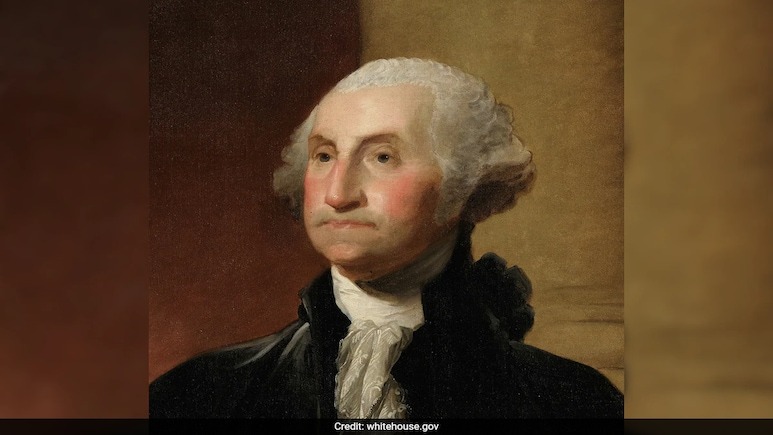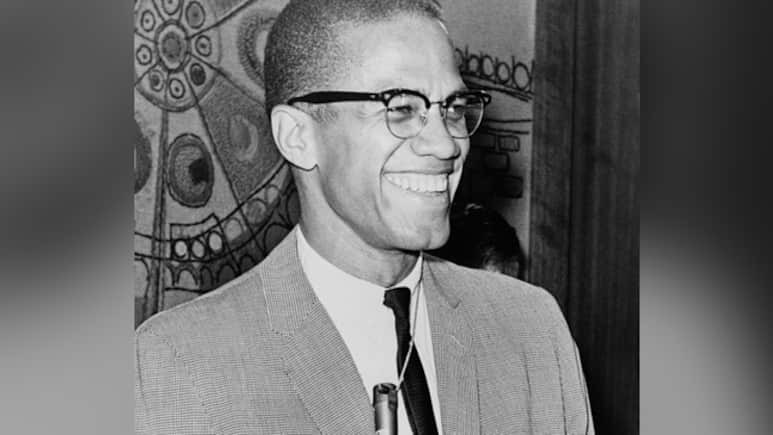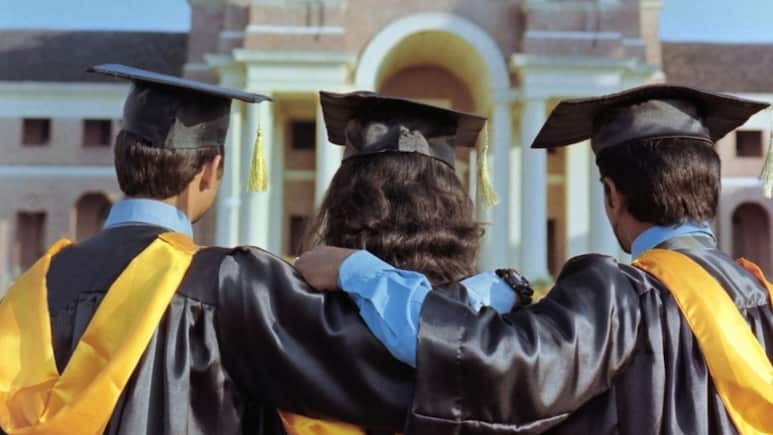
International: George Washington stood on the balcony of Federal Hall on Wall Street in New York City on April 30, 1789, and took the oath of office, as the first President of the United States. Reflecting on this historic occasion, he wrote to James Madison, who would later become the fourth president of the US, “As the first of everything, in our situation will serve to establish a Precedent, it is devoutly wished on my part, that these precedents may be fixed on true principles.”
The election process
The process for the US elections in 1788-1789 was unlike modern campaigns. At the time, the candidates did not actively seek office due to public scepticism about open political ambition. Instead, they subtly expressed their interest while supporters campaigned on their behalf. There were no established political parties, meaning candidates for president and vice president did not run together on a unified ticket. The individual who garnered the most votes from the Electoral College ascended to the presidency, while the runner-up assumed the vice presidency.
Selection of electors
Between December 15, 1788, and January 10, 1789, each state selected its presidential electors. The Electoral College convened on February 4, 1789, with 10 states participating: Connecticut, Delaware, Georgia, Maryland, Massachusetts, New Hampshire, New Jersey, Pennsylvania, South Carolina and Virginia. Notably, New York did not appoint electors, and North Carolina and Rhode Island were unable to participate as they had yet to ratify the Constitution. After establishing a quorum, Congress officially counted and certified the electoral votes on April 6.
Washington's unanimous election
George Washington emerged as the clear front-runner for the presidency in the US elections, viewed as a national hero and the favoured son of Virginia, the largest state at the time. With significant experience as the commander of the Continental Army during the Revolutionary War and as president of the Constitutional Convention in 1787, Washington was seen as the only viable choice for the nation's leadership. Each of the 69 electors, chosen through various methods by their states, was permitted to cast two votes in the election. Under this system, Washington was unanimously elected, making him the only president in US history to achieve such an endorsement.
Inauguration and legacy
After being unanimously elected, George Washington made his way to New York City, the temporary capital of the United States, where he was inaugurated on April 30, 1789. His inauguration was filled with celebration and marked by a solemn ceremony that set the tone for the new government.
--Advertisement--

 Desk
Desk Share
Share






